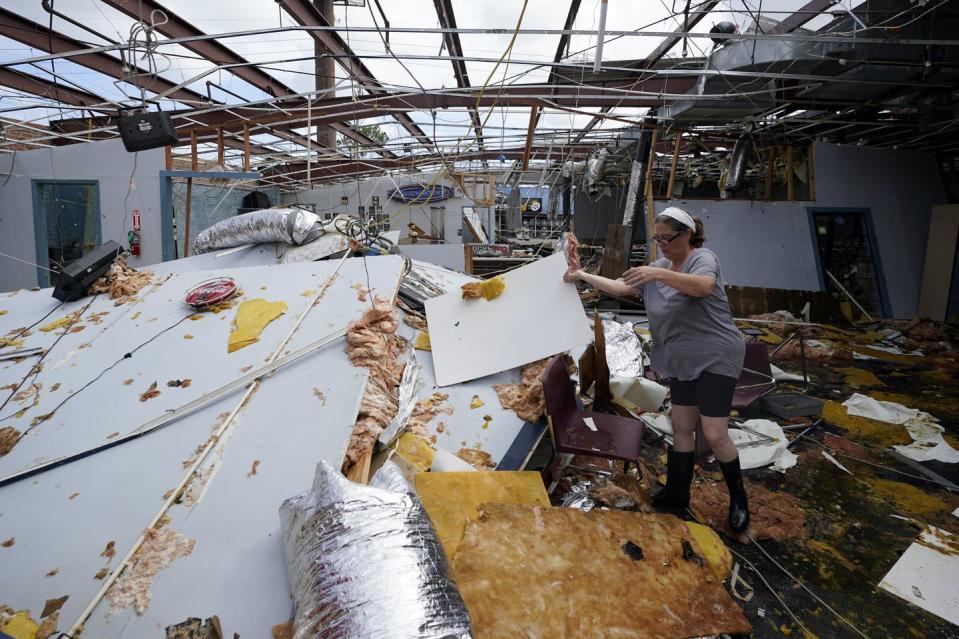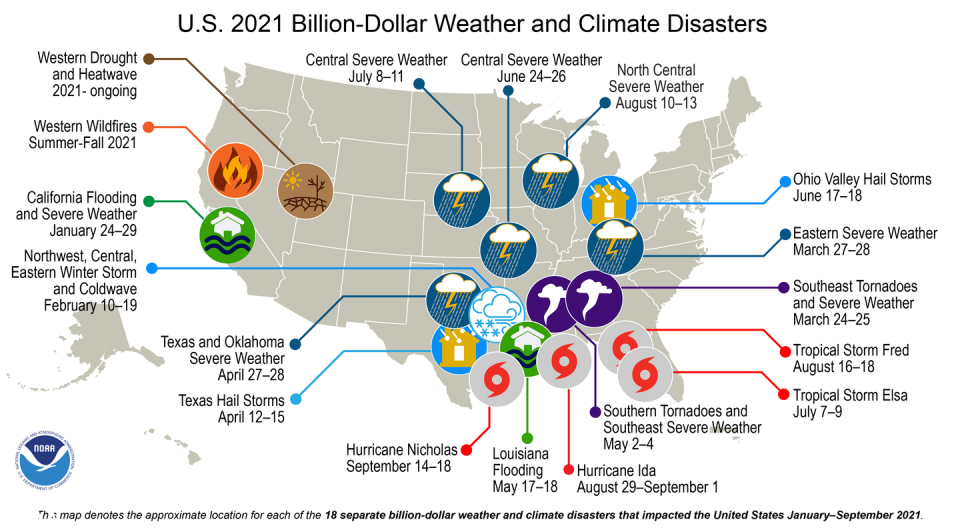Marshall Islands could be wiped out by climate change – and their colonial history limits their ability to save themselves

Along U.S. coastlines, from California to Florida, residents are getting increasingly accustomed to “king tides.” These extra-high tides cause flooding and wreak havoc on affected communities. As climate change raises sea levels, they are becoming more extreme.
King tides are nothing new for the Marshall Islands, a nation made up of 29 low-lying coral atolls that stretch across more than a million square miles of Pacific Ocean northeast of Australia. By 2035, the U.S. Geological Survey projects that some of the Marshall Islands will be submerged. Others will no longer have drinking water because their aquifers will be contaminated with saltwater. As a result, Marshallese would be forced to migrate away from their homelands.
This scenario is not inevitable. As part of our research on climate justice, we visited the Marshall Islands and interviewed leaders and community organizers in 2018 and 2019. We learned that large-scale adaptation measures that could save both these and other islands are still possible, and that Marshallese leaders are committed to adapting in place. But their nation’s colonial history has made it hard for them to act by leaving them dependent on foreign aid. And, to date, outside funders have been unwilling or unable to invest in projects that could save the nation.
Most of the world’s other island nations share similar colonial histories and face comparable climate challenges. Without swift and dramatic adaptation, entire island nations could become uninhabitable. For the Marshall Islands, this is expected to occur by midcentury.
A radioactive legacy
The Marshall Islands were settled at least 2,000 years ago and fell under colonial rule during the 19th century. The U.S. captured the islands during World War II and became colonial administrator through the United Nations, accepting “sacred trust” obligations to protect the health and welfare of the Marshallese people and promote their political and economic self-determination.
Instead, from 1946 to 1958, the United States tested 67 nuclear weapons on inhabited Bikini and Enewetak Atolls, forcing these and other exposed communities to evacuate their homelands. Thousands of Marshallese remain in exile to this day, largely on tiny islands that are extremely climate-vulnerable or in the United States. Others have returned to their atolls, where radioactive fallout still contaminates the land. All of those exposed to radiation continue to face long-term health risks.
The Marshall Islands gained sovereignty in 1986. But the U.S. retains full authority and responsibility for “security and defense matters in or relating to the Marshall Islands,” including the right to use Marshallese lands and waters for military activities.
Moreover, while the islands were a U.S. trust territory, the United States did not foster a self-sufficient economy. Instead, it injected large amounts of aid under the assumption that the islands were, in the words of Pacific scholar Epeli Hau'ofa,“too small, too poor and too isolated to develop any meaningful degree of autonomy.” The bulk of this aid went toward providing social services rather than promoting economic development, resulting in an economy based almost entirely on financial transfers from the U.S.
It’s not rocket science
What options does the Marshall Islands have for protecting its citizens from climate change? When we met with former National Climate Advisor Ben Graham in 2019, he told us that it will take “radical adaptation” to remain in place.
To control flooding driven by rising seas, the nation would need to reclaim and elevate land and consolidate its population in urban centers. Doing so is “not rocket science,” Graham told us. “China is building islands by the acre every day, Denmark is planning to construct nine artificial islands. … It’s not new, but it is expensive.”
According to Graham, implementing the forthcoming National Adaptation Plan will cost on the order of US

Communities across the U.S. Southeast and Midwest will be assessing damage from the deadly and widespread tornado outbreak on Dec. 10-11, 2021 for some time. But it’s clear that the cleanups will take months, and possibly years.
Dealing with enormous quantities of debris and waste materials is one of the most significant challenges for communities in the wake of natural disasters. Often this task overwhelms local waste managers, leaving waste untouched for weeks, months or even years.
The most destructive and costliest wildfire in California’s history, the Camp Fire, killed 85 people and destroyed nearly 19,000 structures in November 2018. A year later, crews were still collecting and carrying away piles of wood, metals, appliances, contaminated soil, toxic household chemicals, and other debris and waste totaling more than 3.2 million metric tons – roughly the weight of 2 million cars.
Hurricane Michael, which hit Florida in October 2018, left about 13 million cubic meters of debris. To visualize what that looks like, picture a pile of 13 million boxes, each the size of a washer and dryer. More than a year later, crews were still removing the waste.
As researchers who study urban engineering, disaster management and planning, and waste management, we see this as a critical and under-studied problem. Disasters will continue to happen and the losses they cause will continue to grow as a result of climate change, population growth, urbanization, deforestation and aging infrastructures. Societies urgently need better strategies for dealing with the wastes these events leave behind.

Trails of wreckage
Climate-related disasters like floods, landslides, storms, wildfires, and extreme hot and cold waves afflict millions of people around the world. These events have been increasing over time, particularly over the past several decades, and so have the losses they cause.
In 2020, the U.S. experienced a record-setting 22 natural disasters that each caused at least a billion dollars in damages. For 2021, the count stood at 18 such events through early October. The mid-December tornado outbreak doubtlessly will add to it.
Disasters commonly produce thousands to millions of tons of debris in a single event. For example, waste from hurricanes includes vegetation, such as trees and shrubs; municipal solid waste, such as household garbage; construction and demolition materials; vehicles; and household hazardous materials, including paints, cleaning agents, pesticides and pool chemicals.
Debris from wildfires largely consists of ash, contaminated soils, metal and concrete, along with other structural debris and household hazardous items such as paints, cleaners, solvents, oils, batteries, herbicides and pesticides.
Dangerous and in the way
Debris collection and cleanup following a disaster is a slow, expensive and dangerous process. First, crews clear out debris from roads used for rescue efforts. They then move the material to temporary storage areas. No one has yet invented a way to easily sort or contain hazardous materials, so they remain mixed into the debris mass. This poses major challenges for reusing and recycling post-disaster waste.
Beyond direct health and safety risks, debris also threatens the environment. It can emit air pollutants and contaminate groundwater, surface waters and soil. Uncollected debris and waste can hamper rescue and recovery efforts and slow down rebuilding efforts.
As an example, when Hurricane Katrina flooded New Orleans in 2005, it left behind an estimated 75 million cubic meters of waste that interfered with and slowed down recovery efforts. The debris included close to 900,000 white goods, such as refrigerators, 350,000 cars and more than 16,000 metric tons of rotten meat. Cleanup costs were estimated at roughly US billion.
Toward reusing disaster waste
At an expert workshop that we organized in 2019, we identified steps for sustainably managing disaster debris and waste. As we see it, the key tasks are to (1) identify what is contained in these wastes; (2) find better approaches to recycling and reuse; (3) design new technologies to identify hazardous components and sort the different types of waste; and (4) develop markets to promote reuse and recycling.
Today public officials and planners know little about the amount and types of materials generated during disasters – what they contain, in what proportions, whether they are large and sortable versus fine and mixed, and how much can be reused or recycled. Developing new technologies and management approaches that can assist debris characterization, reuse and recycling should be a top priority.
For example, drones and autonomous sensing technologies can be combined with artificial intelligence to estimate amounts and quality of debris, the types of materials it contains and how it can be repurposed rapidly. Technologies that allow for fast sorting and separation of mixed materials can also speed up debris management operations.
[ Deep knowledge, daily. Sign up for The Conversation’s newsletter. ]
Turning the problem around, creating new sustainable construction materials – especially in disaster-prone areas – will make it easier to repurpose debris after disasters.
Finally, new business models can help generate demand for and access to waste and recycled products. With proper sorting, some disaster materials can be used to make new products or materials. For example, downed whole trees can become timber resources for furniture makers. Today, opportunities to match materials with markets are wasted – pun intended.
This is an updated version of an article originally published on Dec. 10, 2019.
This article is republished from The Conversation, a nonprofit news site dedicated to sharing ideas from academic experts. It was written by: Sybil Derrible, University of Illinois at Chicago; Juyeong Choi, Florida State University, and Nazli Yesiller, California Polytechnic State University.
Read more:
Biloxi’s 15-year recovery from Hurricane Katrina offers lessons for other coastal cities
Coal ash spill highlights key role of environmental regulations in disasters
Sybil Derrible receives funding from the National Science Foundation and the Illinois Department of Transportation. In Fall 2019, he was a Visiting Professor at the University of Transport Technology in Hanoi (Vietnam),
Juyeong Choi receives funding from the National Science Foundation, Natural Hazards Center, and the Florida Department of Transportation. He is an Assistant Professor in Civil and Environmental Engineering, FAMU-FSU College of Engineering.
Nazli Yesiller receives funding from the National Science Foundation, California Air Resources Board, California Department of Resources Recycling and Recovery, and W.M. Keck Foundation.





